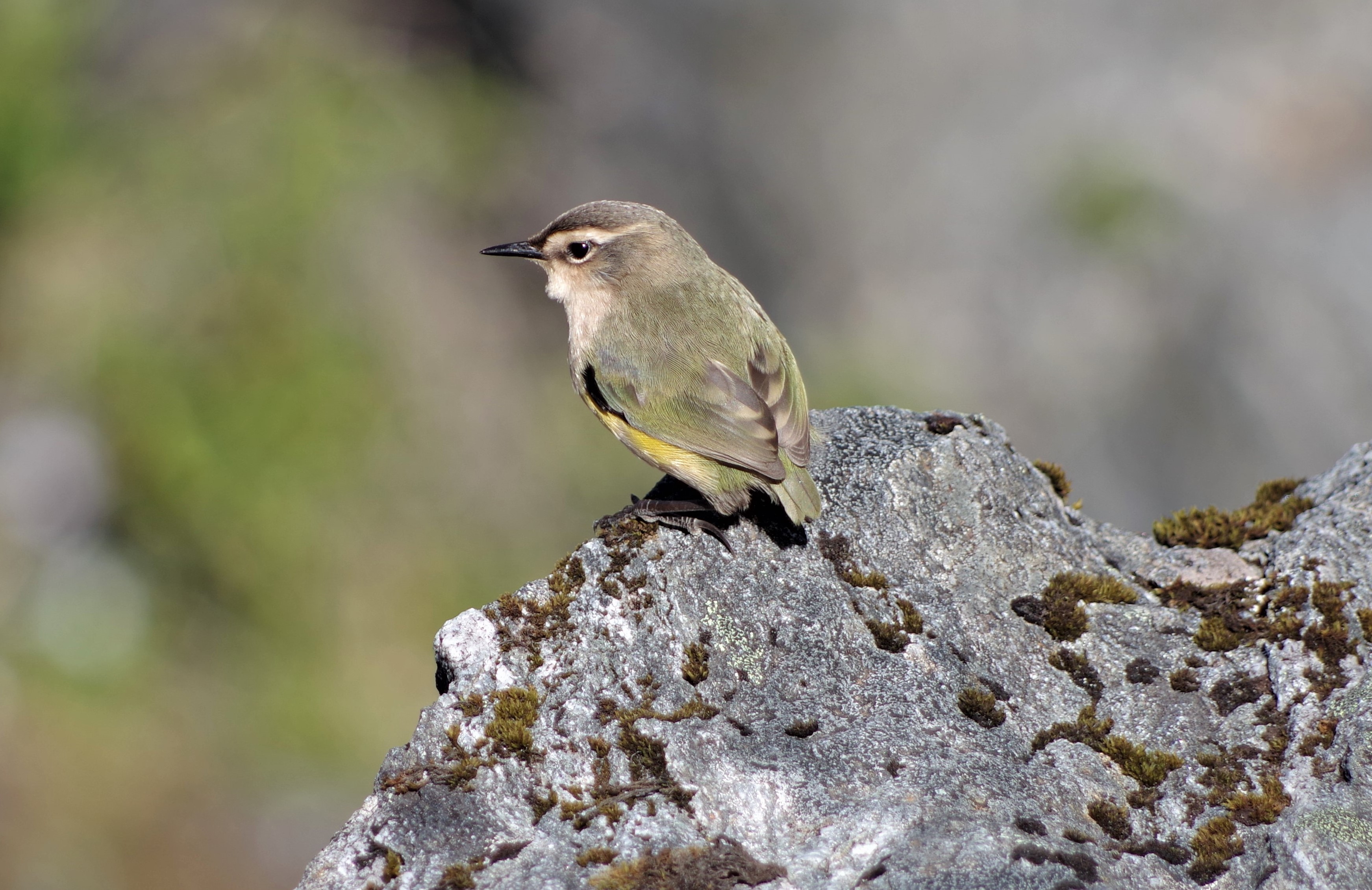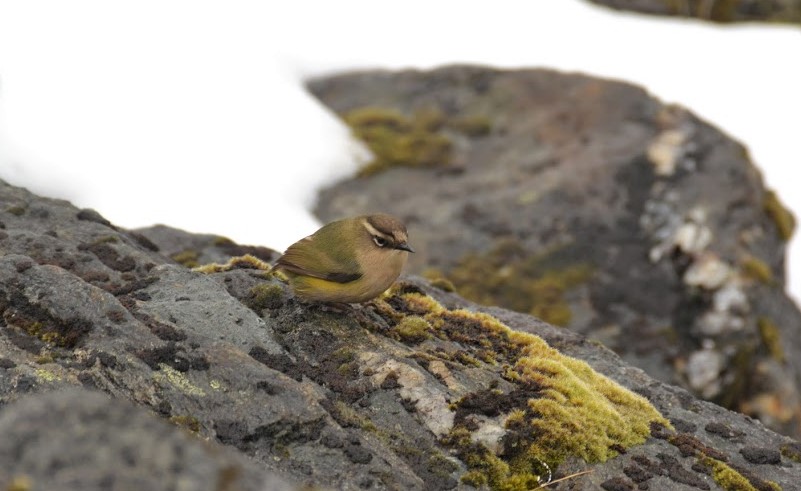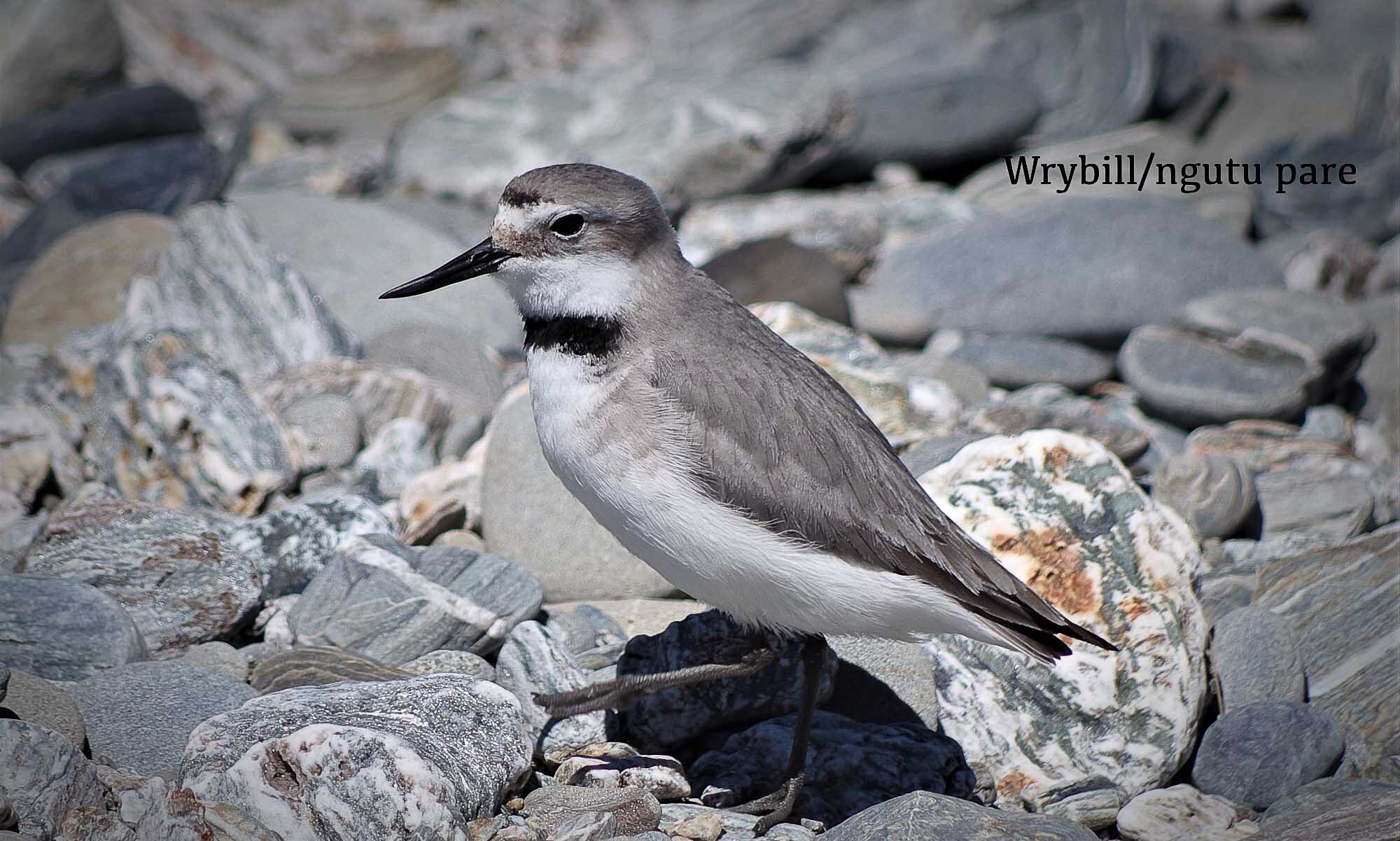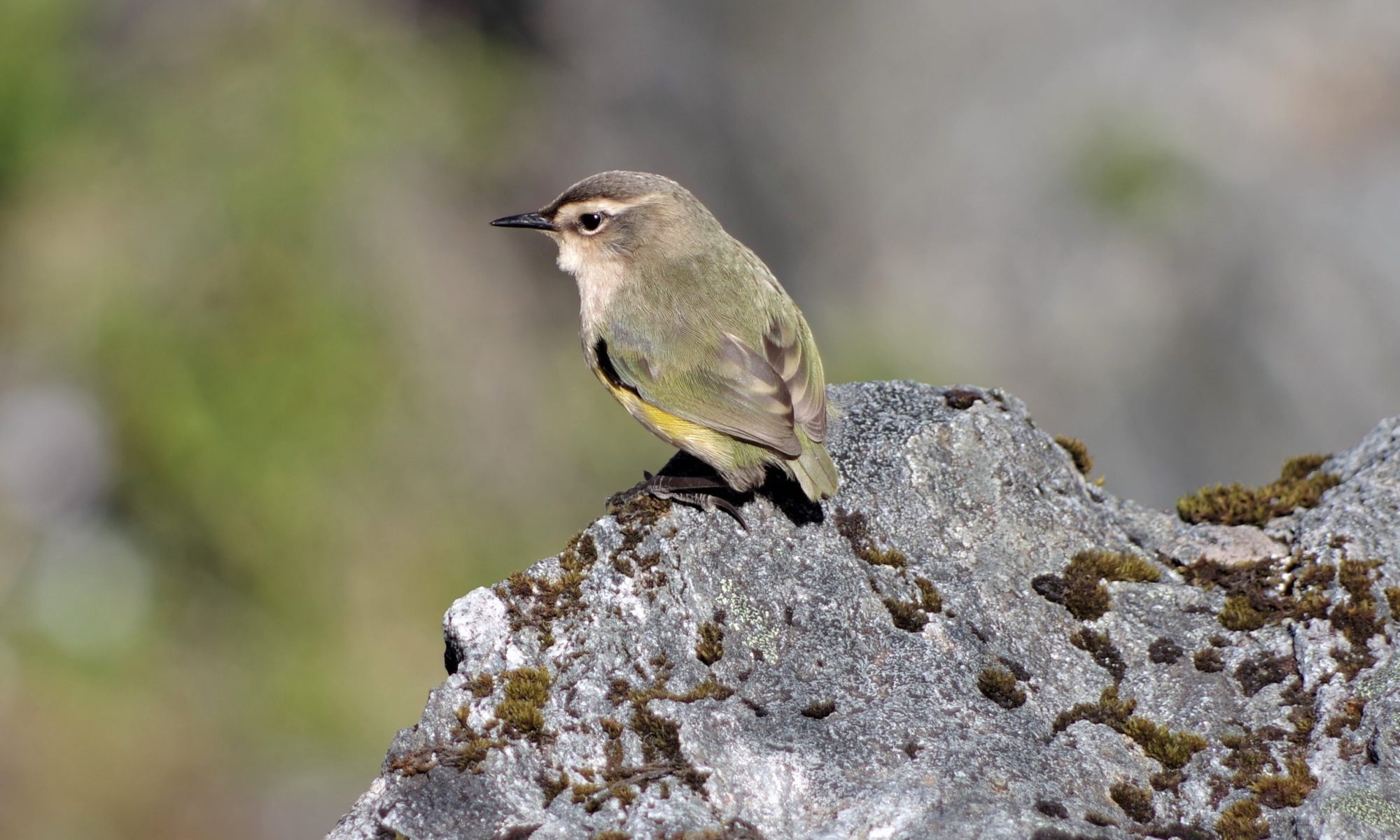Rock wren protection installation
Classified as nationally endangered, the rock wren (Xenicus gilviventris) is New Zealand’s only true alpine specialist remaining in the mountains above the treeline for most of its life. Following the results of ABT’s rock wren survey transect monitoring during Jan/Feb 2018 the team have been installing invasive mammal predator control within two key focal alpine areas. Areas include, the Crucible basin within the Siberia Valley and the upper Lucidus/ Lake Castalia, North Branch of the Wilkin.

Invasive mammalian predator traps (DOC 200 and 150 models) were transported in to both sites on a suspended sling from a Hughes 500 helicopter. The traps were then distributed to designated locations extending and complementing existing predator control efforts within the locality.

Site locations within the Makarora Catchment can be seen from the topograph image below. The North branch of the Wilkin and the Crucible basin are situated to the west of the Makarora River.

Population status
Rock wren are at risk from invasive mammalian predation particularly from stoats and rats but also mice. There is increasing recognition that invasive predators are widespread within New Zealand alpine zones. Recent work has found that humane kill trapping of invasive predators can increase rock wren breeding success within the alpine environment (Weston et al 2018).
The national population of rock wren is currently unknown but thought to be around 5,000 mature individuals (IUCN) with severely fragmented populations due to particular habitat requirements. The rock wren belongs to a unique ancient lineage of eight New Zealand wrens now only two species survive. The alpine rock wren and the rifleman Acanthisitta chloris, generally a forest passserine.

During both trips it was encouraging to observe a number of adult rock wren present busy foraging on invertebrate prey. Particularly, at Crucible basin following the late November snowfall. Most birds were male which may indicate females occupied on their nest sites.
Remote trap monitoring
With the aim of optimising alpine trap servicing efficiency and improving understanding of temporal and climate influences on predator trapping ABT have partnered with Encounter Solutions Ltd to install remote trap monitoring technology. The equipment will be installed in January for both alpine sites. This system has been applied to other trapping habitats but will be a first for the alpine environment. If successful other remote rock wren habitats could benefit from use of this technology to aid predator control programmes.


Future populations
With dedicated effort it is possible that focused rock wren recovery at these sites could result in potential “source” populations of rock wren and expansion/ migration of numbers/ pairs into unoccupied habitat (Weston 2014).
With thanks to Otago Community Trust, Otago Regional Council, Oceana Gold, Backcountry Helicopters Ltd, Tony Zimmerman trap supplies, Central Otago Hunting and Fishing, DOC Wanaka, Backcountry Saddles Expeditions, volunteers Nick Beckwith and Andrew Shepherd.
References
Aspiring Biodiversity Trust (2018). Alpine predator control plan for rock wren. Makarora Catchment Threatened Species Plan.
IUCN Red List of threatened species
Weston K.A. 2014. Conservation genetics of alpine rock wren (Xenicus gilviventris). Doctorate thesis.
Weston K.A., O’Donnell C.F.J., Van Dam Bates P. & Monks J.M. 2018. Control of invasive predators improves breeding success of an endangered alpine passerine.




